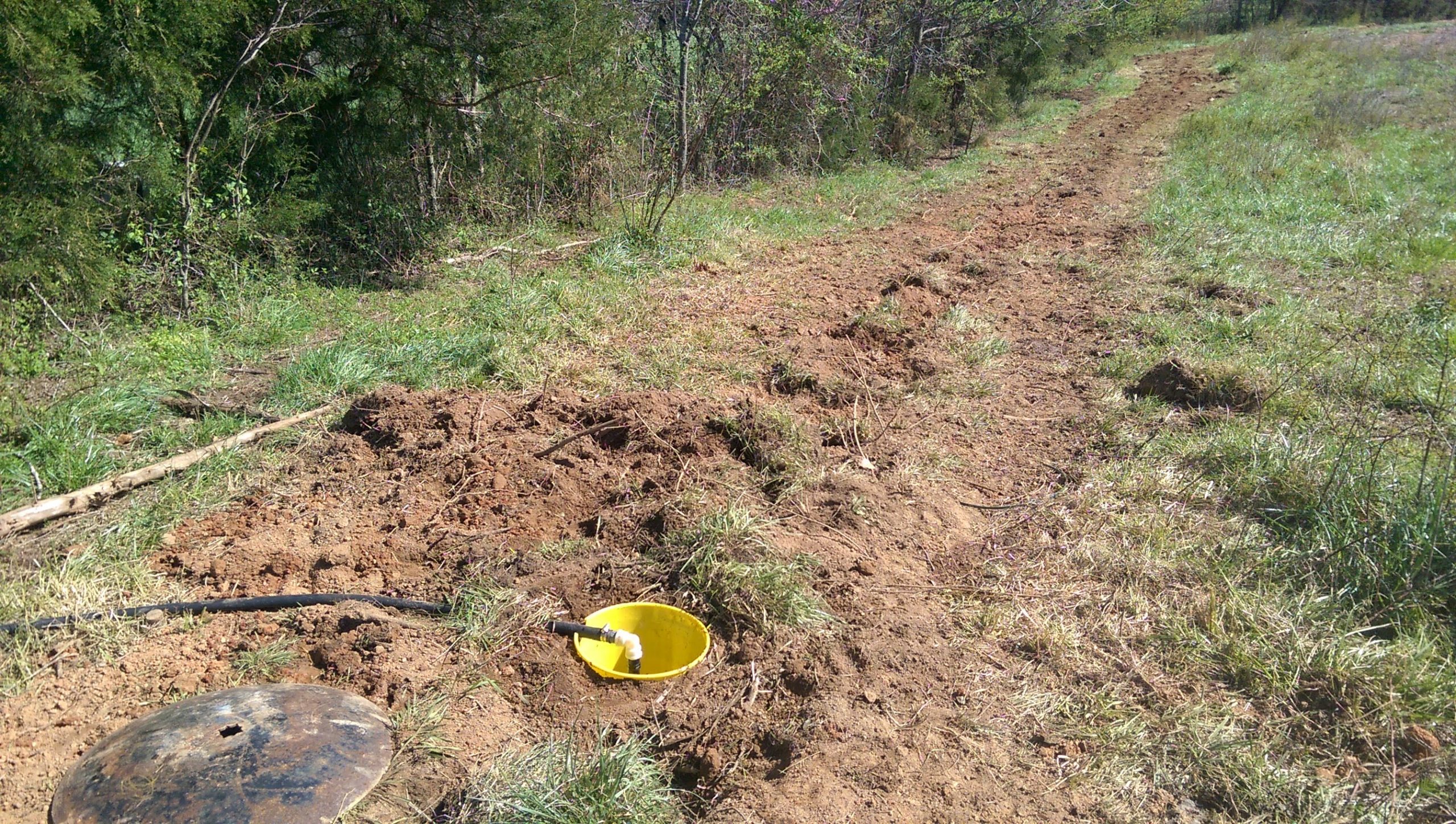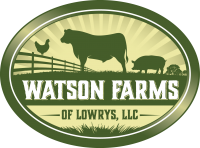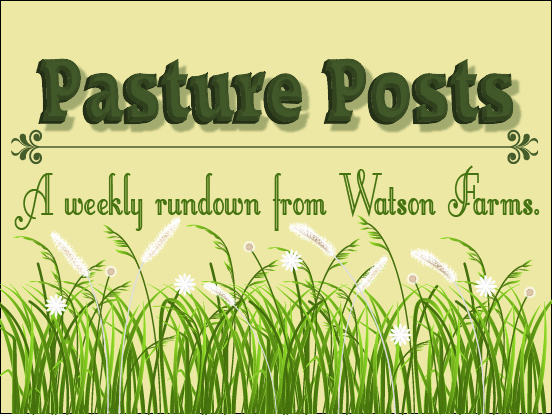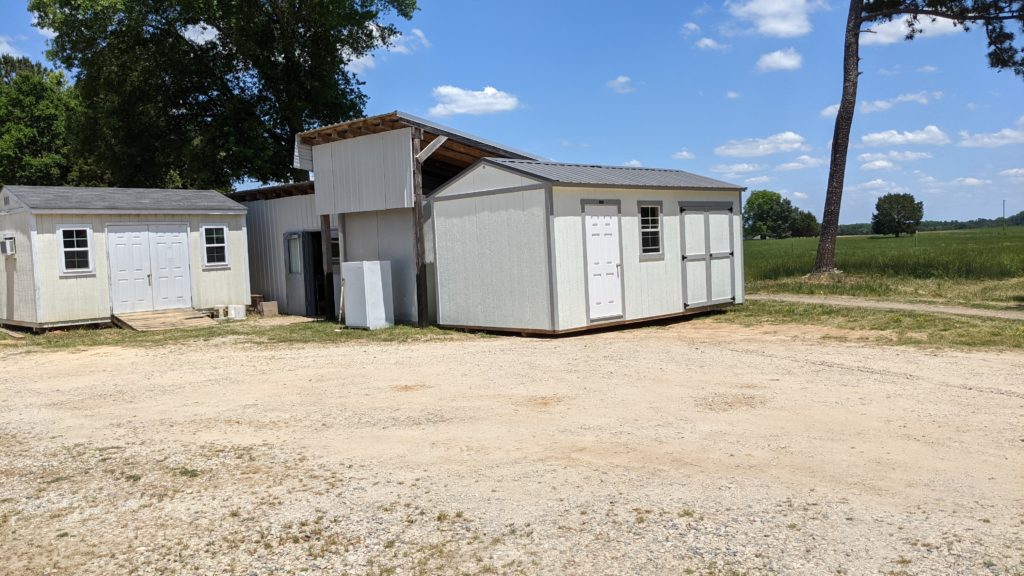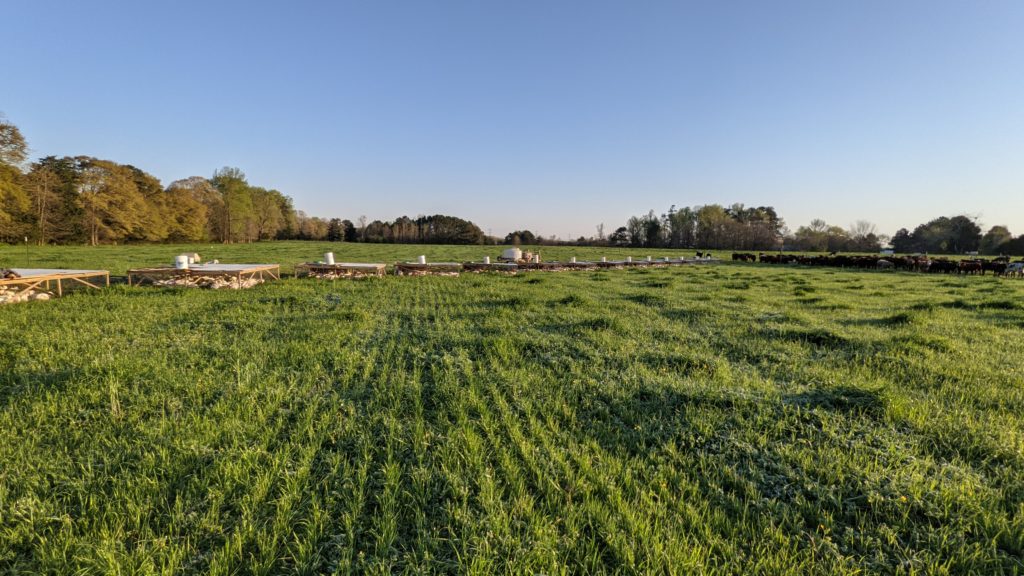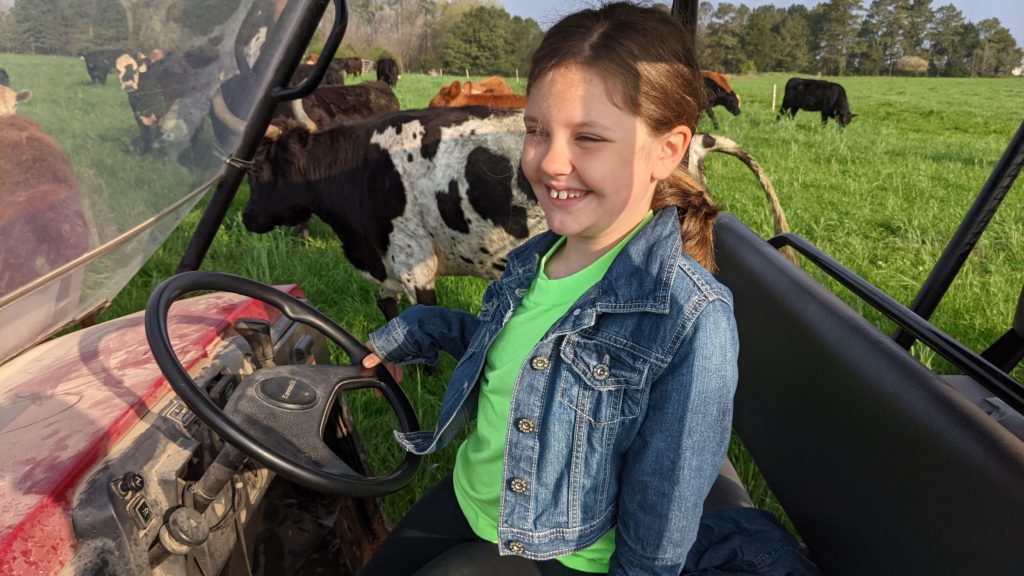Here’s the weekly roundup from Watson Farms and your direct connection to your farmer. Enjoy the latest edition of Pasture Posts!
The most important nutrient
As we get in the summer routine here at Watson Farms, it’s hard to overstate how important water is to everything we do here. Every time we move a set of animals, the question at the top of our checklist is “do they have access to drinking water?”
Of all the equipment and infrastructure that is on our farm, it’s easy to see that things like ponds, wells, pipe and drinkers are among the most important. This is why over the last 15 years, we have laid thousands of feet of water line, and we’re not done! The goal is to have access to water in every possible paddock that we might create.
We think of water as the single most important nutrient that we provide for our livestock. Life, much less growth, cannot happen without it.
Water serves another critical purpose other than hydration, and that is cooling. There’s nothing that our pigs love more than to wallow in a puddle on a hot afternoon. Soon after that, they proceed to their second favorite activity: eating. By allowing them to cool off, we are allowing them to gain weight like they are genetically predisposed to do.
We also use water to provide some supplemental cooling for our broiler and layer chickens. Our pasture houses for our laying hens have been equipped with misting nozzles that are connected to the water supply in the field. We simply open a valve to charge the misting line while we gather eggs in the heat of the day. We run these misters periodically through the hot afternoons. This keeps the hens happy, healthy and producing eggs.
For the broiler chickens we mist them with a tank, nozzles, and pump attached to a tractor. We drive this rig around the birds throughout the hot afternoons, but only when the birds are big – within 2 weeks of processing. This is when they become especially susceptible to heat.
When we properly care for all the animals that we have the privilege of stewarding, they reward us with health and vitality which produces a meat product that we can feel good about marketing, and you can feel good about consuming.
